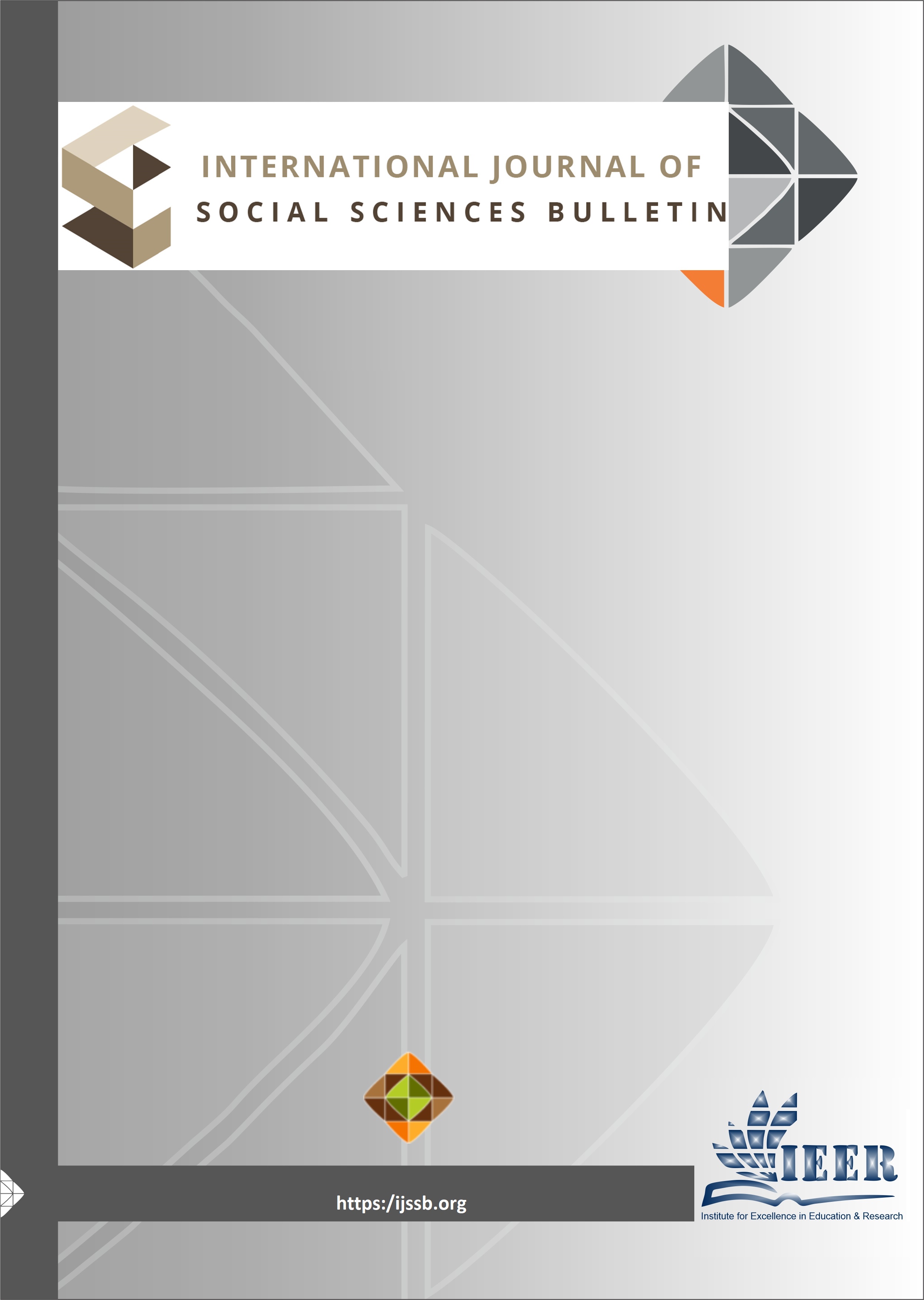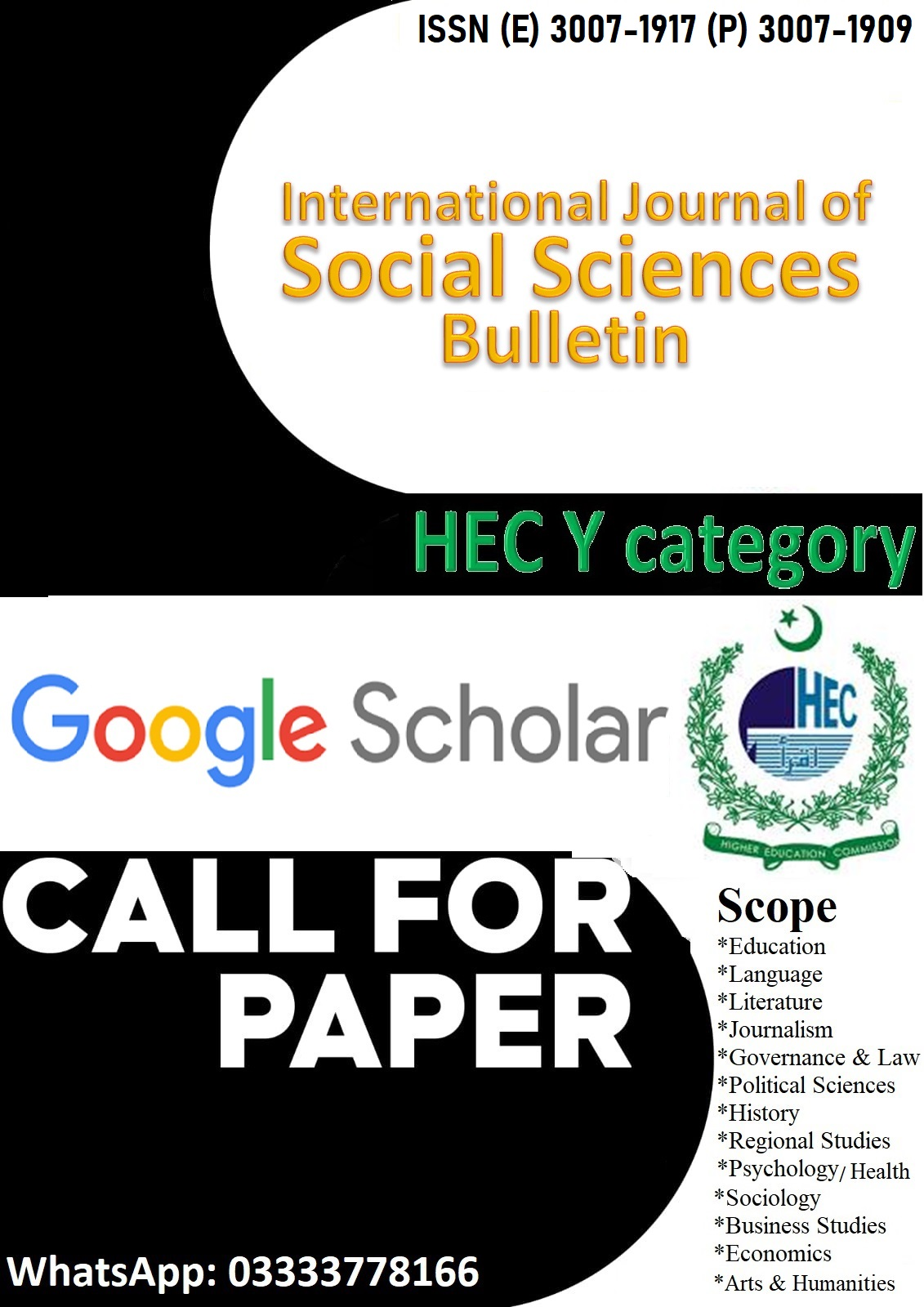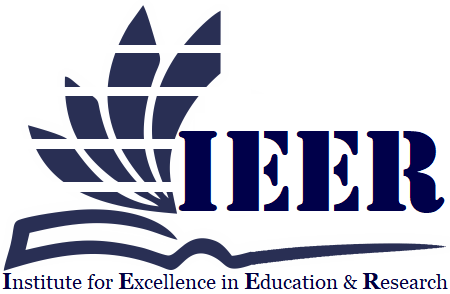NEXUS BETWEEN INCOME, PARENTAL EDUCATION AND GENDER OF DROPOUTS AT GOVERNMENT SECONDARY SCHOOLS IN FAISALABAD CITY
Keywords:
Dropouts, Causes, Socio-economic, Education, DevelopmentAbstract
Education plays a crucial role in any nation's development, directly impacting its people's advancement and progress. This study highlights concerns surrounding education significantly influencing a country’s growth and development. The inability to finish their education negatively affects students' futures and overall progress. Hence, it is important to examine the primary reasons behind student dropouts in the nation and to devise strategies to address these challenges. The high number of students leaving school in Pakistan is troubling, indicating that social and public policies need to be adapted to tackle this critical problem. The current research aims to investigate the key reasons for students dropping out of government secondary schools in Faisalabad. A multistage sampling method was used for selecting the sample. In the first stage, four union councils were randomly chosen. During the second phase, one secondary school was selected at randomly from each union council, and during the final phase, a total of 180 respondents were selected, with 45 students from each school using a convenient sampling approach. Data regarding various demographic and socio-cultural factors were gathered through a structured interview schedule. The information collected was analyzed with the help of SPSS. Both descriptive and inferential statistics were utilized during the data analysis process. Based on the research results, several valuable recommendations have been made for policymakers to address this challenge.
Downloads
Published
Issue
Section
License

This work is licensed under a Creative Commons Attribution-NonCommercial-NoDerivatives 4.0 International License.

















